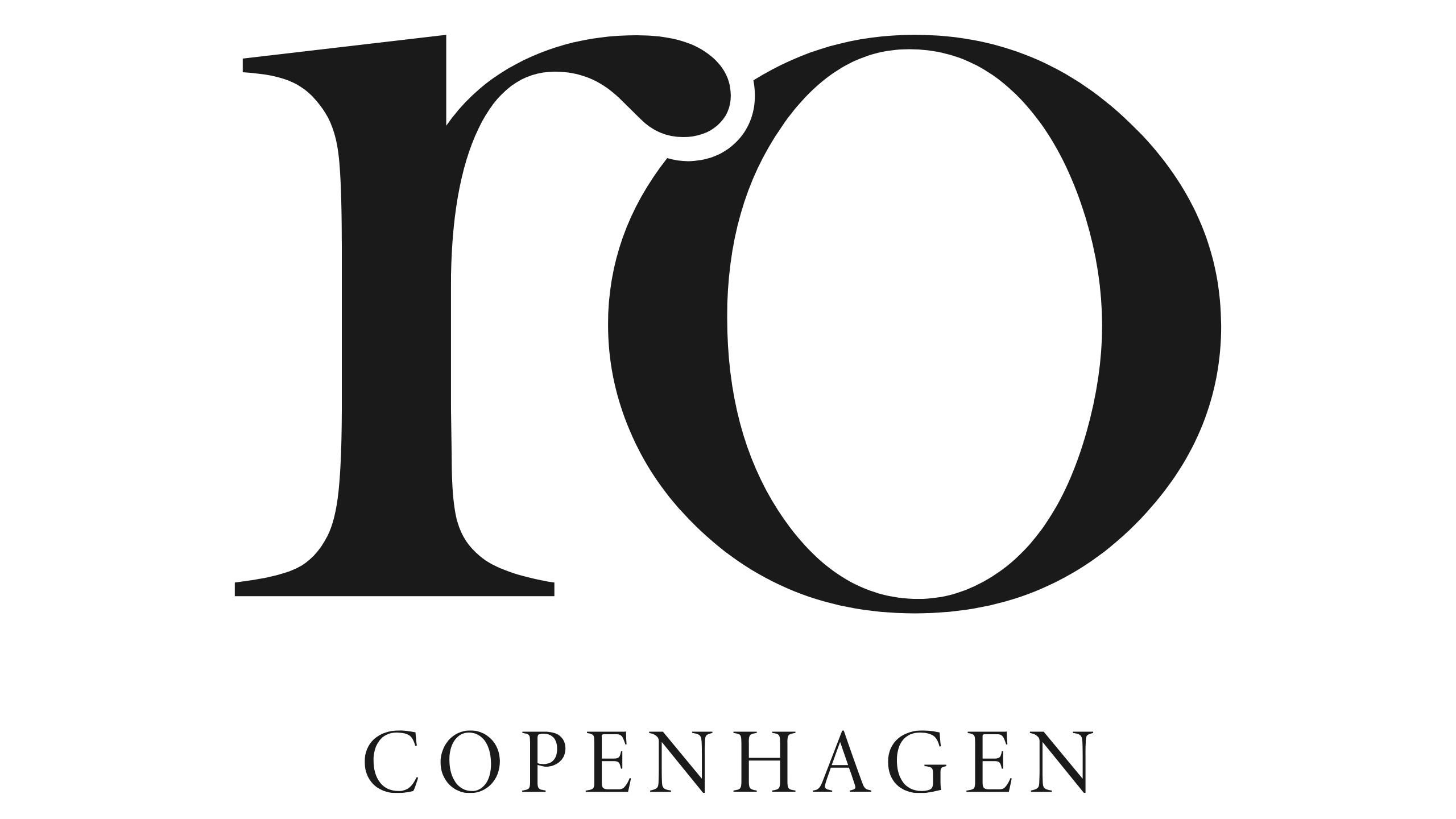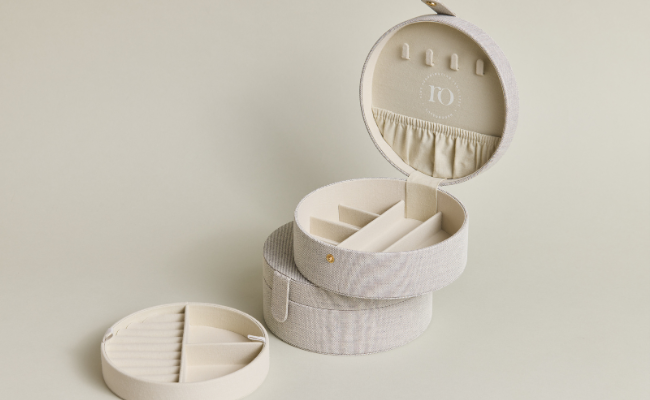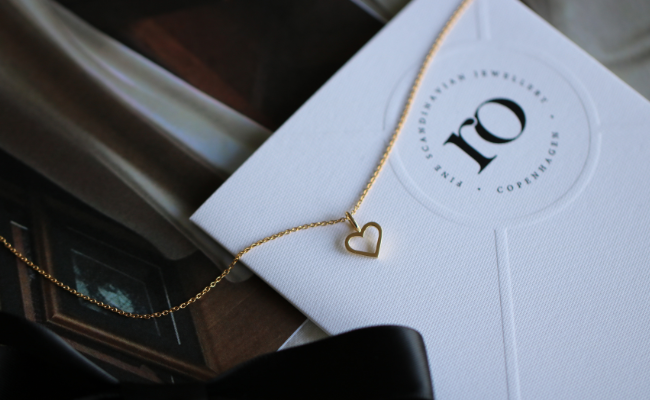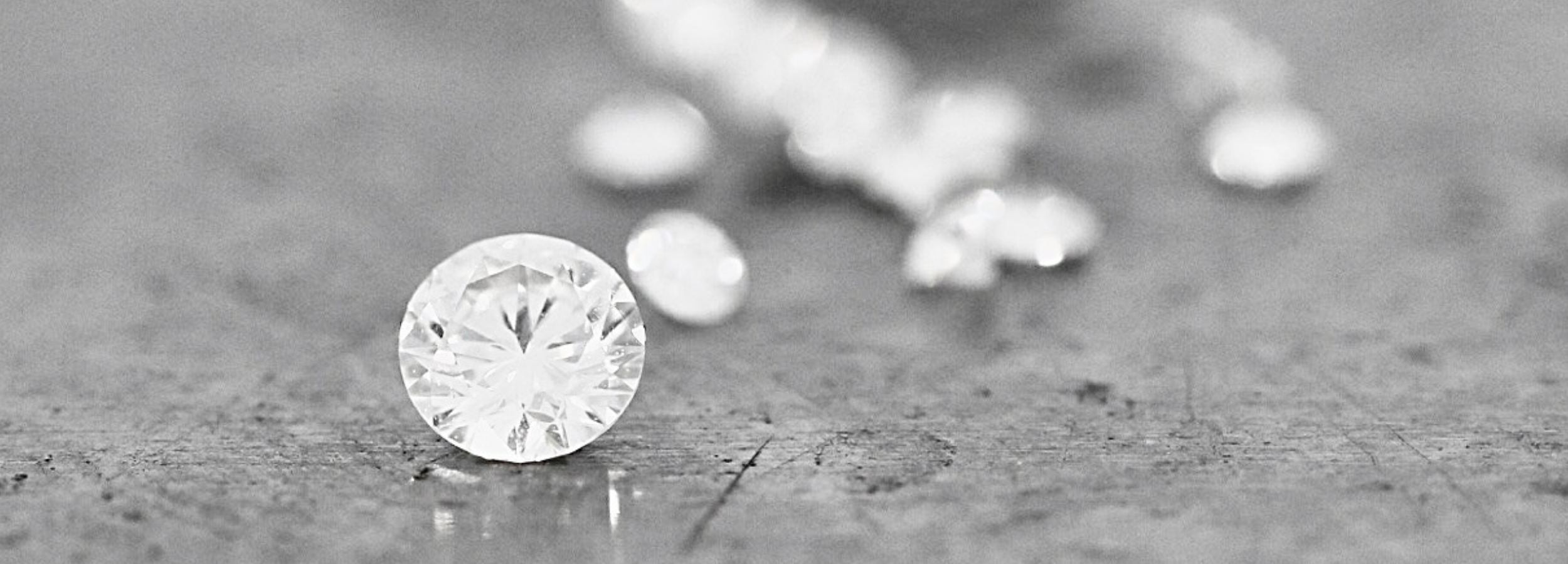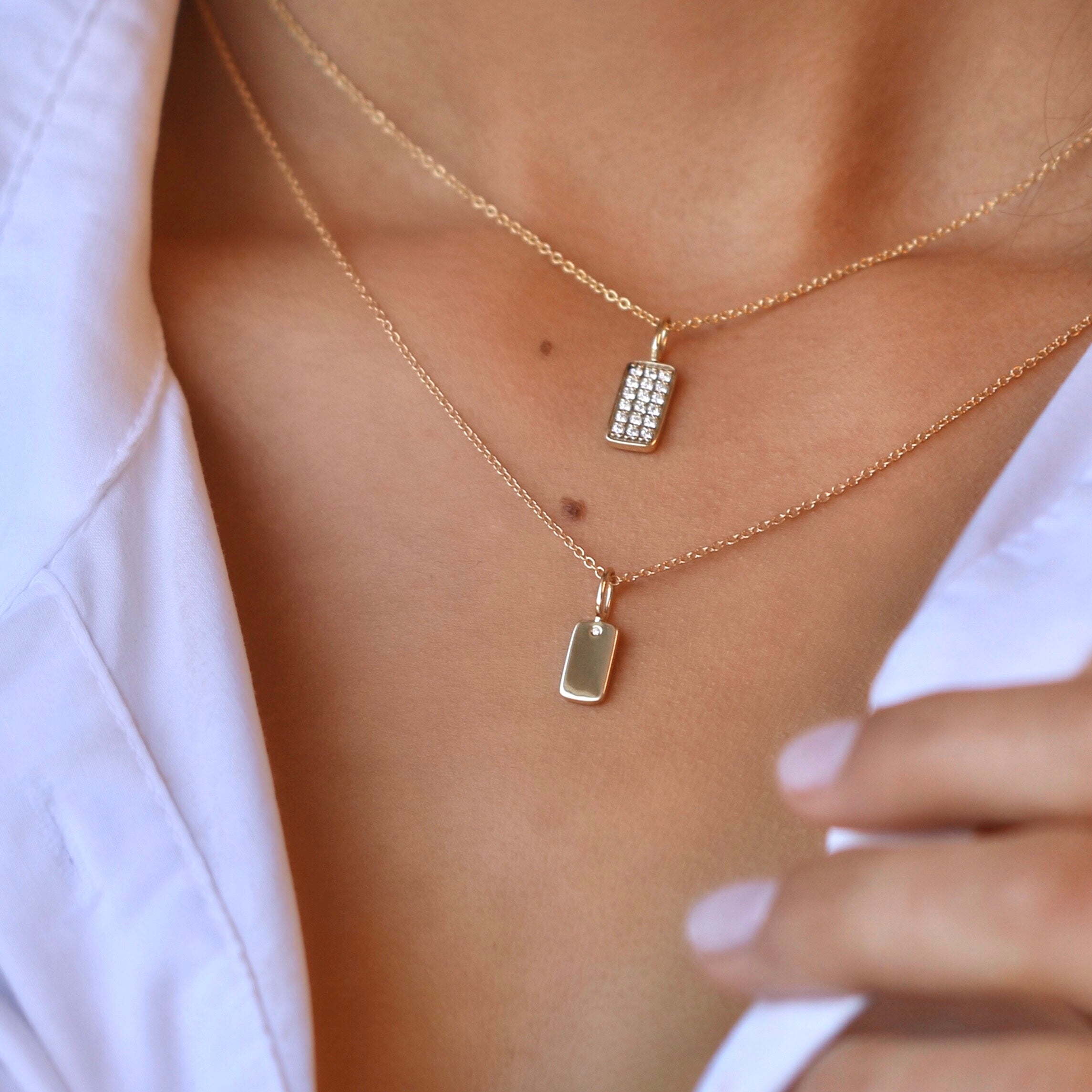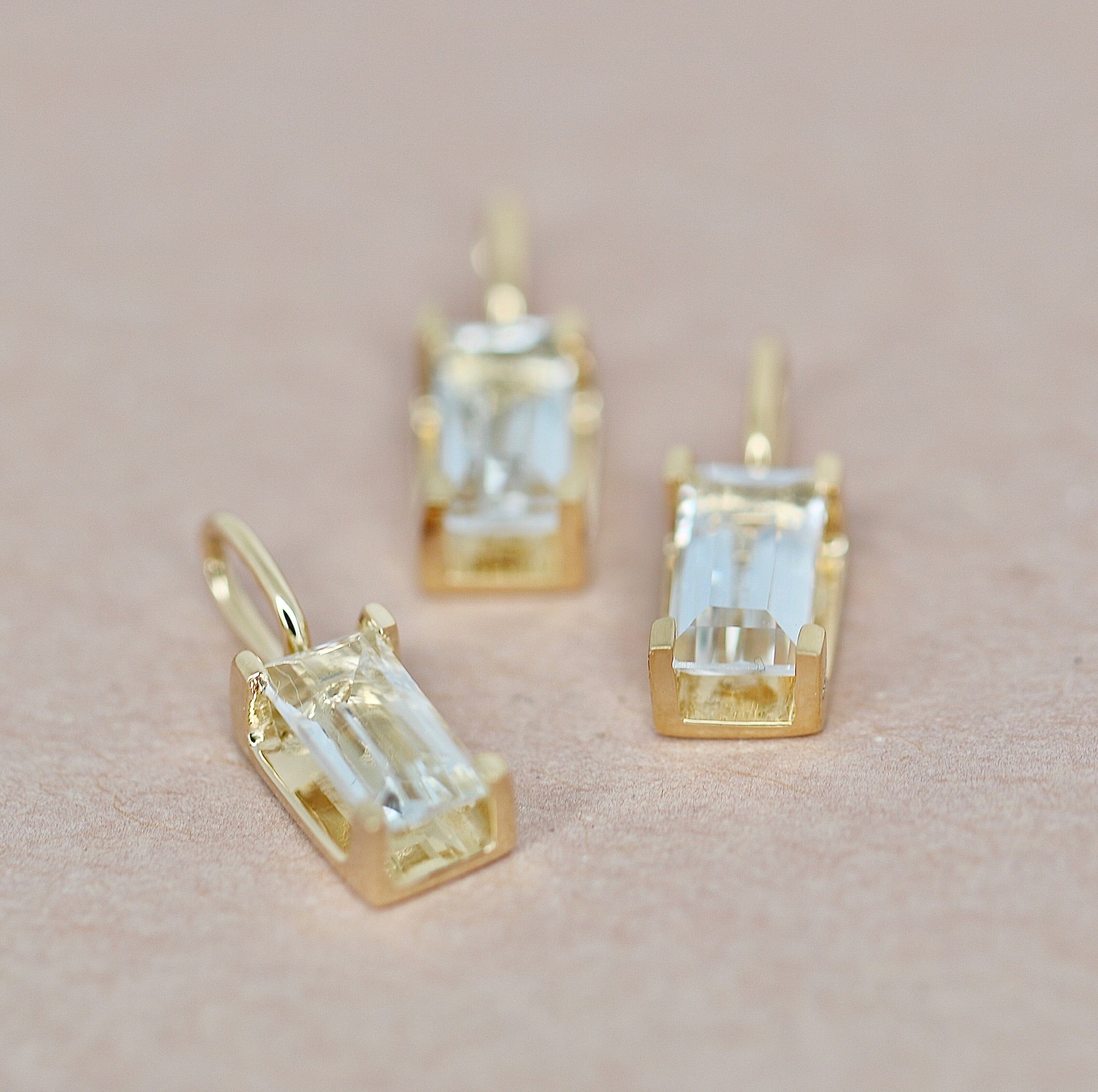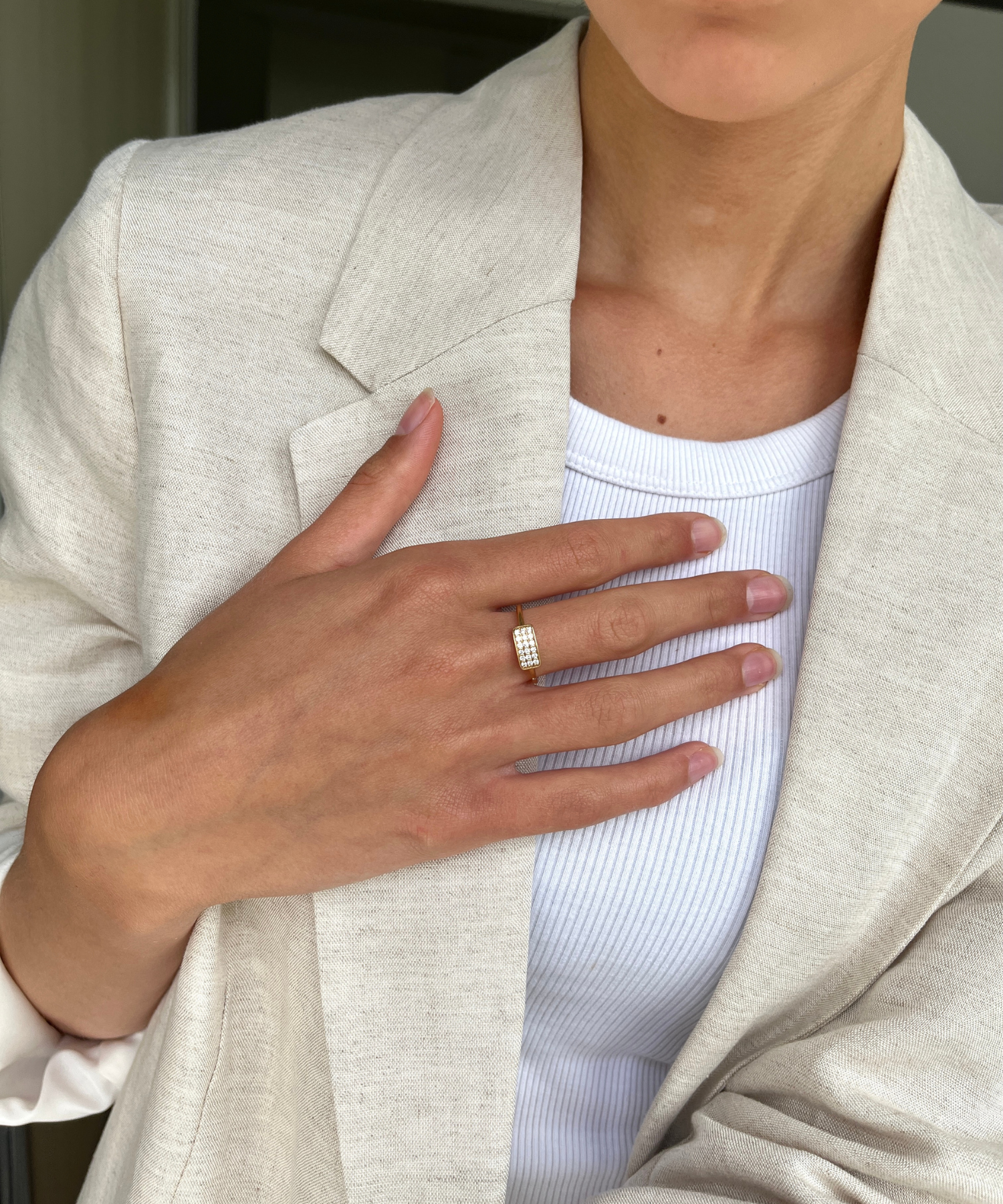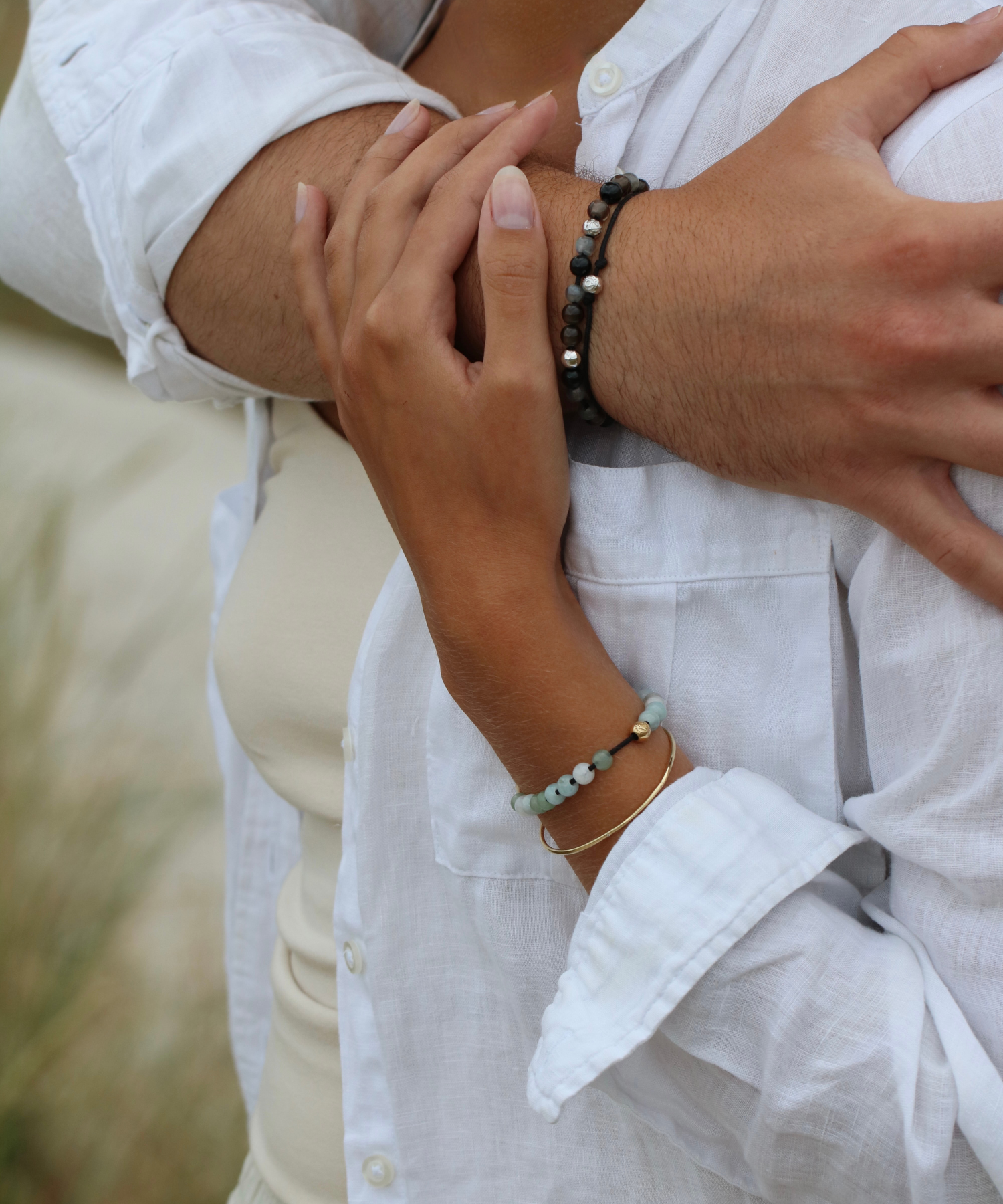Diamond Guide
All the stones in Ro Copenhagen’s jewellery are of natural origin. The glittering, luminous diamonds are formed in the darkness, 2 km below ground. This is where carbon atoms crystallise and become diamonds – under a stable, enormous pressure and high, intense heat.
Once diamonds are created they last forever, which is why they are so rare and valuable. But there is a huge difference between diamonds. At Ro Copenhagen we use some of the finest diamonds, which are all meticulously selected by certified gemmologists. They are chosen based on qualities called the four Cs:carat, colour, clarity and cut.

Carat
Carat refers to the size and weight of a diamond. One carat corresponds to 0.2 grams. Large diamonds are rare and therefore also have a higher value than smaller diamonds. This means that even if several small diamonds equal the same number of carats as a large diamond, the large diamond will have a higher value.
At Ro Copenhagen, we have bracelets, earrings and pendants that are set with multiple diamonds. When we state the number of carats in the product description, we refer to the total weight of all stones within the same category.

Colour
White diamonds are classified according to their colourlessness on the GIA (Gemological Institute of America) scale from D to Z. Diamonds classified as D are called River diamonds and are 100% colourless. At the other end of the scale are Z diamonds, which have a distinct yellowish tint.
All white diamonds from Ro Copenhagen are classified as F or G on the scale. These are diamonds that are 'fine white', also known as Top Wesselton. Top Wesselton diamonds are close to colourless, which can make it difficult to tell the difference between them and River diamonds. This is especially true if the diamond is set in a piece of jewellery and thus reflects the metal.

Clarity
During the formation process, most diamonds acquire small defects or special characteristics, for example traces of minerals. Very, very few diamonds are perfect and each one is totally unique. These special characteristics are called inclusions. The number of inclusions, as well as their type, size and location, are used to grade diamonds on a clarity scale.
Graduations from FL/IF to VS2 cannot be seen with the human eye. Graduations from SI1 and below have clear defects.

Cut
The cut of a diamond is the only one of the 4 Cs that is man-made. It is during this process that the diamonds’ sparkling reflection of light is expressed. The diamond’s proportions, symmetry and polishing are taken into account when classifying a cut. The best cut is Excellent (EXC), followed by Very Good (VG), Good (G), Fair (F) and finally Poor (P).
Many of Ro Copenhagen’s diamonds are brilliant-cut because this type of cut reflects the light in the most beautiful way. A brilliant-cut diamond has 33 facets on the upper part and 24 facets on the lower part.
All Ro Copenhagen diamonds are purchased conflict-free from official dealers in accordance with UN resolutions. Read more about our vision for a sustainable future here.
